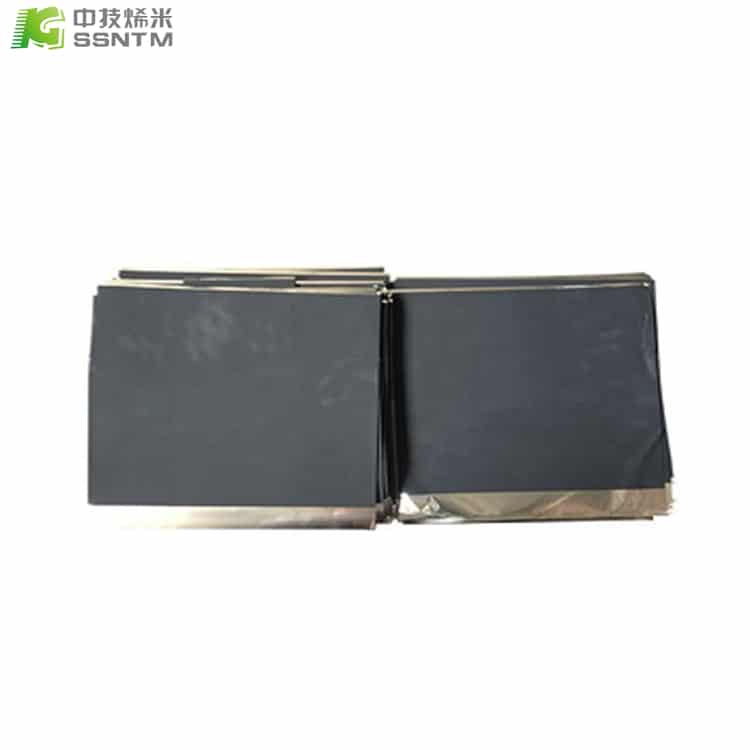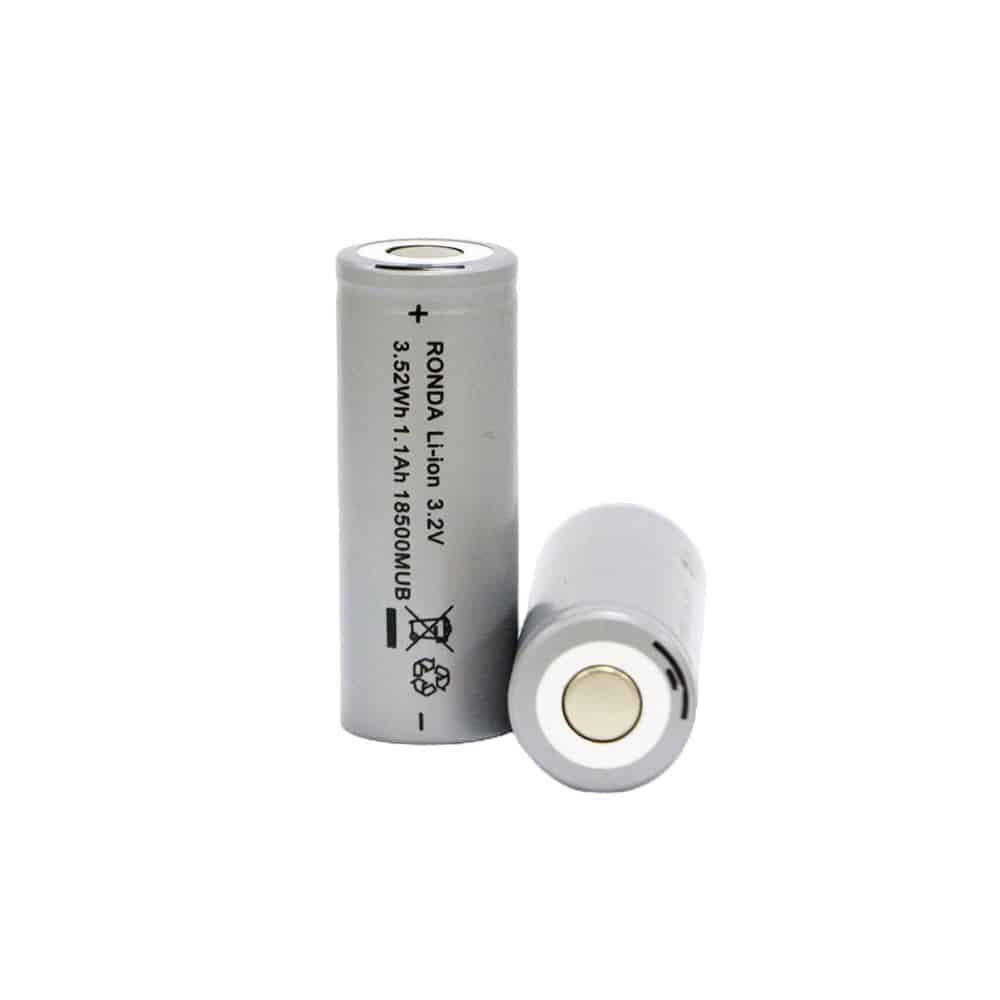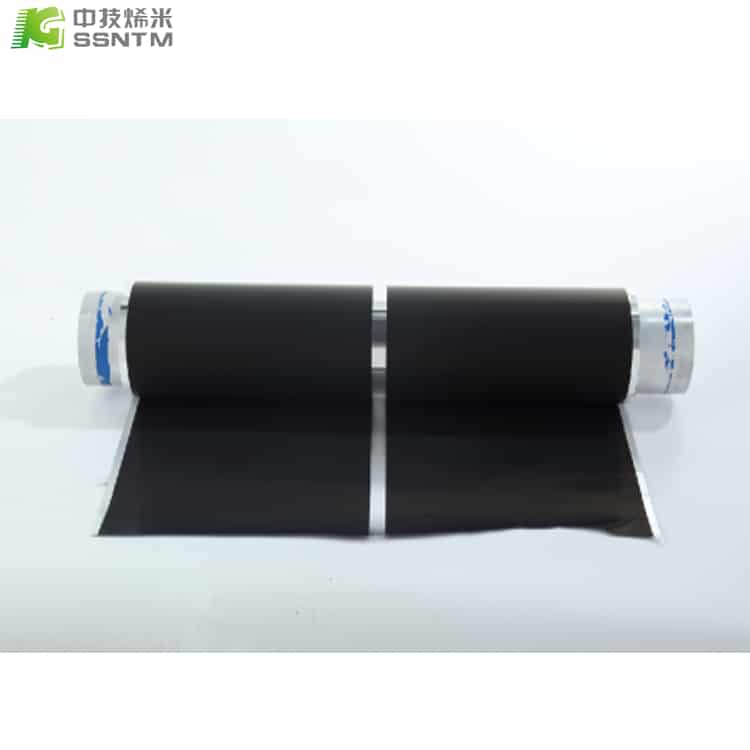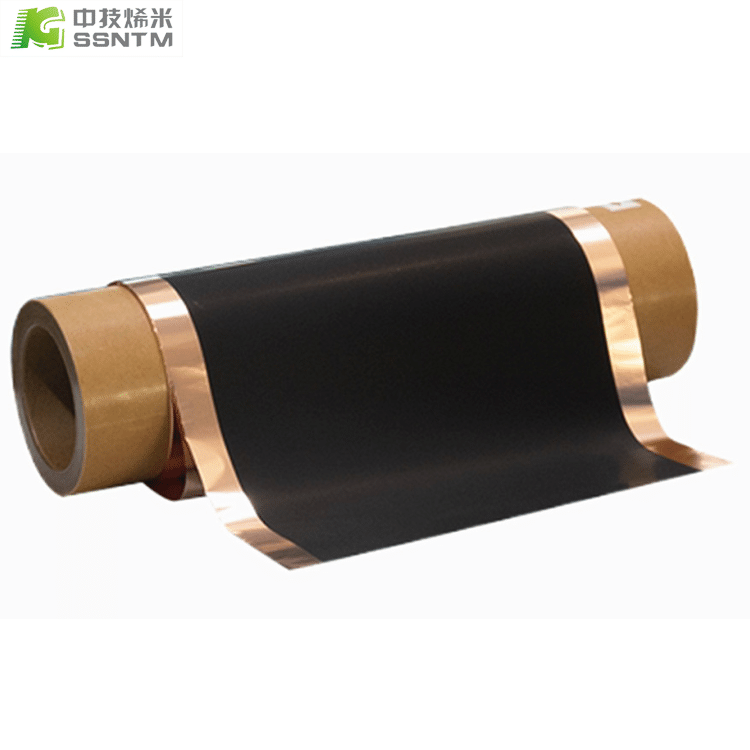Lithium-ion batteries are widely used in various applications such as electric vehicles, portable electronics, and stationary energy storage systems due to their high energy density and long cycle life. Current collectors are an essential component of lithium-ion batteries as they provide a conductive path for electrons between the electrode and the external circuit.

There are several types of current collectors used in lithium-ion batteries, including copper foils, aluminum foils, stainless steel foils, and carbon-based materials. Copper foils are the most commonly used current collector due to their excellent electrical conductivity and low cost. However, copper foils are prone to corrosion in the presence of electrolytes, which can lead to battery failure.
Aluminum foils have better resistance to corrosion than copper foils, but they have lower electrical conductivity. Stainless steel foils are also used as current collectors due to their excellent mechanical strength and corrosion resistance. However, stainless steel foils are relatively expensive compared to copper and aluminum foils.
Carbon-based materials such as graphite, carbon black, and carbon nanotubes have been explored as current collectors due to their high electrical conductivity and chemical stability. Graphite is the most commonly used carbon-based material as a current collector due to its high thermal and electrical conductivity, low cost, and abundance. However, the use of graphite as a current collector can lead to the formation of a solid-electrolyte interphase (SEI) layer, which can reduce the battery’s performance over time.
In summary, the choice of current collector for lithium-ion batteries depends on several factors such as cost, electrical conductivity, corrosion resistance, and chemical stability. Copper foils are the most commonly used current collectors due to their excellent electrical conductivity and low cost, while carbon-based materials such as graphite offer potential advantages in terms of chemical stability.




